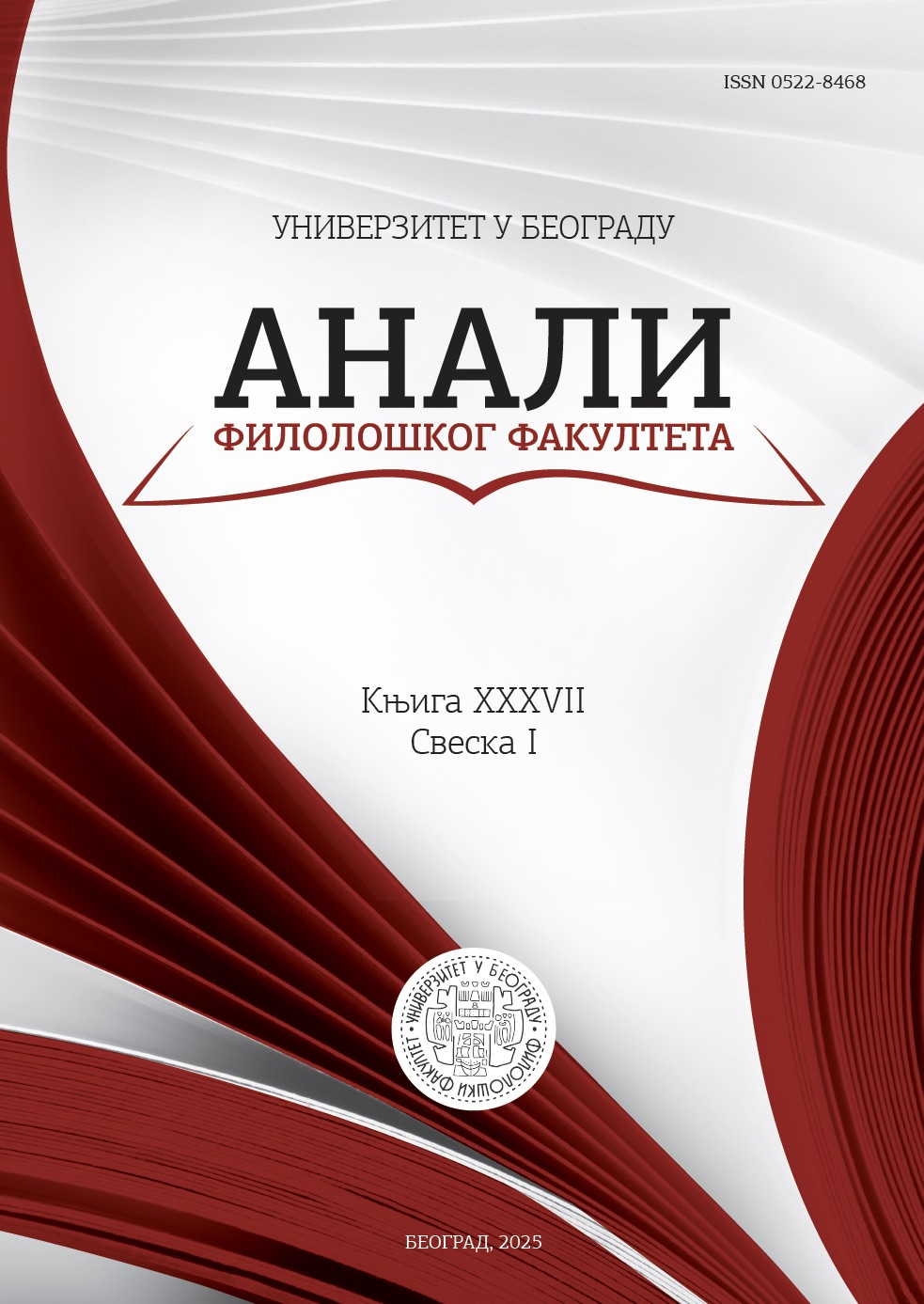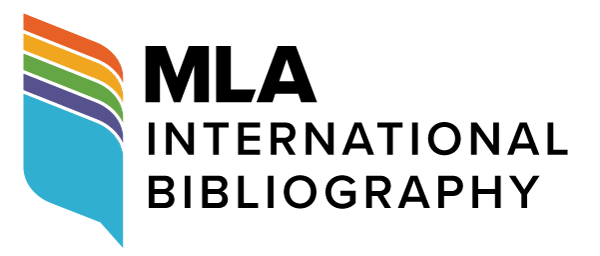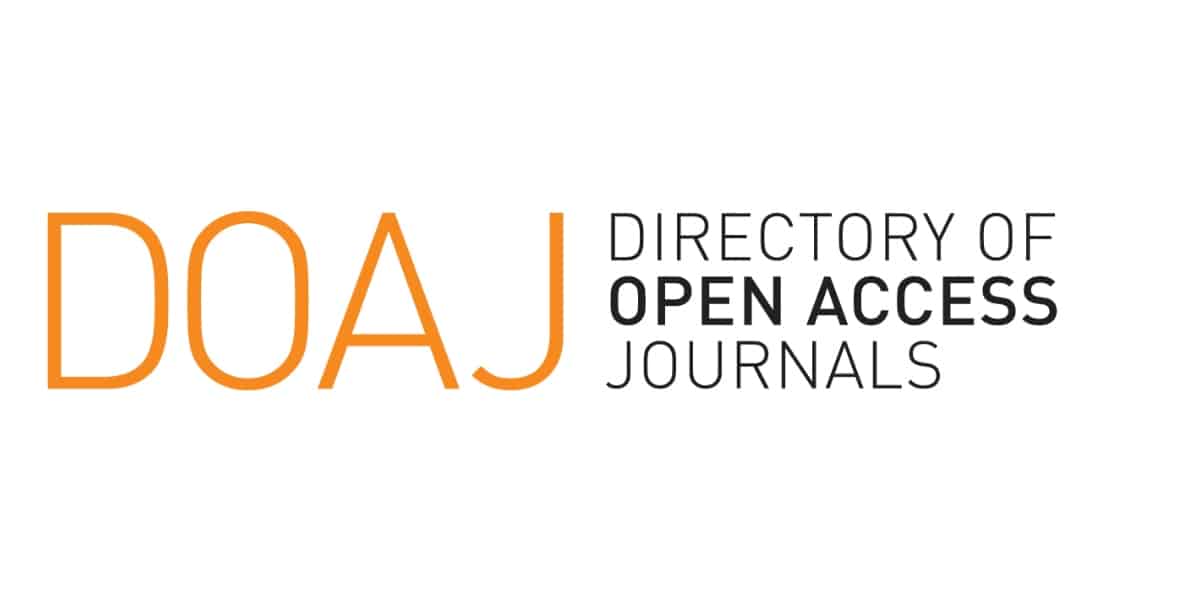Decoding Markers of Submissiveness Strategy in Creating Group Identity Among Athletes
DOI:
https://doi.org/10.18485/analiff.2025.37.1.3Кључне речи:
athletes, linguistic devices, communication markers, submissiveness, ingroup identityАпстракт
The relationship between coaches and athletes is often characterized by hierarchical power dynamics, in which coaches significantly influence athletes’ training, performance, and even personal lives. Consequently, the discourse between athletes and their coaches often reflects a delicate balance of power dynamics and eagerness to maintain good relationships. Within the context of team sports, athletes may adopt various strategies to establish and maintain their ingroup identity, including markers of submissiveness. These submissive behaviours can serve as a means for athletes to signal their willingness to conform to the group’s norms and expectations and foster a sense of belonging and cohesion within the team. This paper explores the linguistic and communicative strategies employed by athletes to express submissiveness within this asymmetrical power structure, shedding light on how athletes negotiate their subordinate positions and align their behaviours with the expectations of the coach-athlete relationship. These insights can contribute to a deeper understanding of the complex power dynamics that shape coach-athlete interactions and ultimately highlight how athletes navigate and maintain their ingroup identity within the sporting context.
Референце
Downloads
Објављено
Број часописа
Рубрика
Лиценца

Овај рад је под Creative Commons Aуторство-Дели под истим условима 4.0 Интернационална лиценца.
Authors who publish with this journal agree to the following terms:
- Authors are confirming that they are the authors of the submitting article, which will be published (print and online) in the journal Anali filološkog fakulteta by the Faculty of Philology, University of Belgrade (Faculty of Philology, Studentski trg 3, 11000 Belgrade, Serbia). Author’s name will be evident in the printed article in the journal. All decisions regarding layout and distribution of the work are in hands of the publisher.
- Authors guarantee that the work is their own original creation and does not infringe any statutory or common-law copyright or any proprietary right of any third party. In case of claims by third parties, authors commit their self to defend the interests of the publisher, and shall cover any potential costs.
- Authors retain copyright and grant the journal right of first publication with the work simultaneously licensed under a Creative Commons Attribution-ShareAlike 4.0 International License that allows others to share the work with an acknowledgement of the work's authorship and initial publication in this journal.
- Authors are able to enter into separate, additional contractual arrangements for the non-exclusive distribution of the journal's published version of the work (e.g., post it to an institutional repository or publish it in a book), with an acknowledgement of its initial publication in this journal.
- Authors are permitted and encouraged to post their work online (e.g., in institutional repositories or on their website) prior to and during the submission process, as it can lead to productive exchanges, as well as earlier and greater citation of published work.





